When a dominating rally monster gets taken to the tarmac, an odd wonder was born.
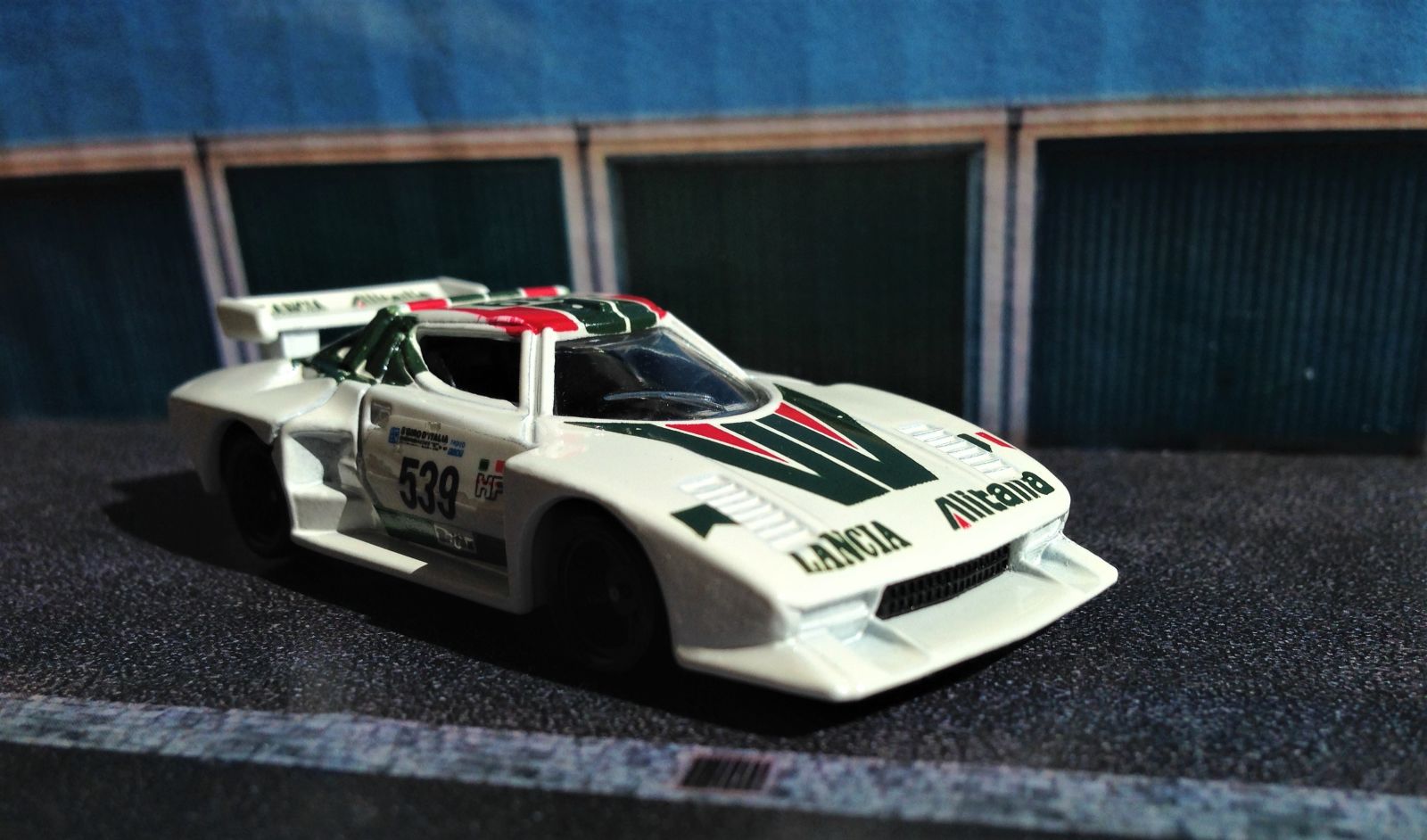
In 1975, while the Stratos was mopping the floor with all the competitors on the world rally stage, a decision was made to take that same winning magic to the track. The Group 5 Special-Production Car class was the prefect race to enter. The Group 5 is kind of like a road race cousin to the Group B rally, where essentially anything goes and the cars looks and goes just as insane except there were fewer fatalities. Pretty much the only rules are the car must first be homologated to compete in the lower tiers from Class 1-4 before joining the big league and the other was that the cars must have a stock production body including some of the panels. Everything else is free for the manufacturers to come up.
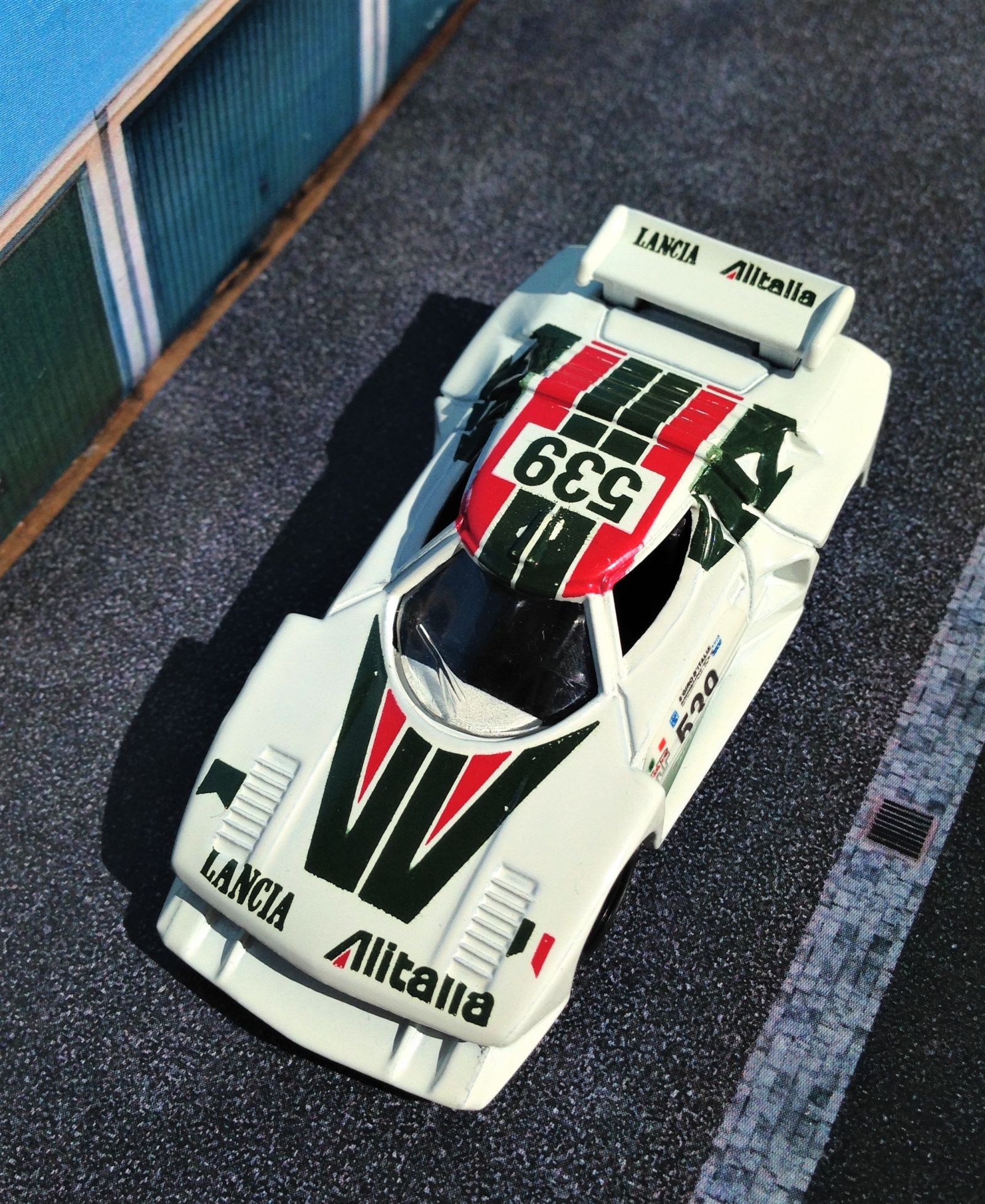
For the Stratos to compete, the first thing needs to be done was to up the firepower. The Stratos used the same Ferrari Dino derived 2.4 liter V6 as in the rally car but now comes with a massive turbo, horsepower instantly raised up from a measly 270hp to around 400hp during the car’s early development. The new tuned engine was tested extensively for reliability since turbo technology was still a learning curve for everyone back then and results were good, the engine was first put into a slightly lower rank Group 4 car and won on its very first race. Unfortunately, the same engine competed a year after only finished 6th but with no mechanical issues, so with all things considered from the reliable engine to all the motorsport wins under the Stratos’ belt. Work continued to make the Stratos Turbo Group 5 compatible with even more power, the engine was eventually cranked up to 560hp, a new uprated 5 speed manual was mated to the engine to withstand the new firepower.
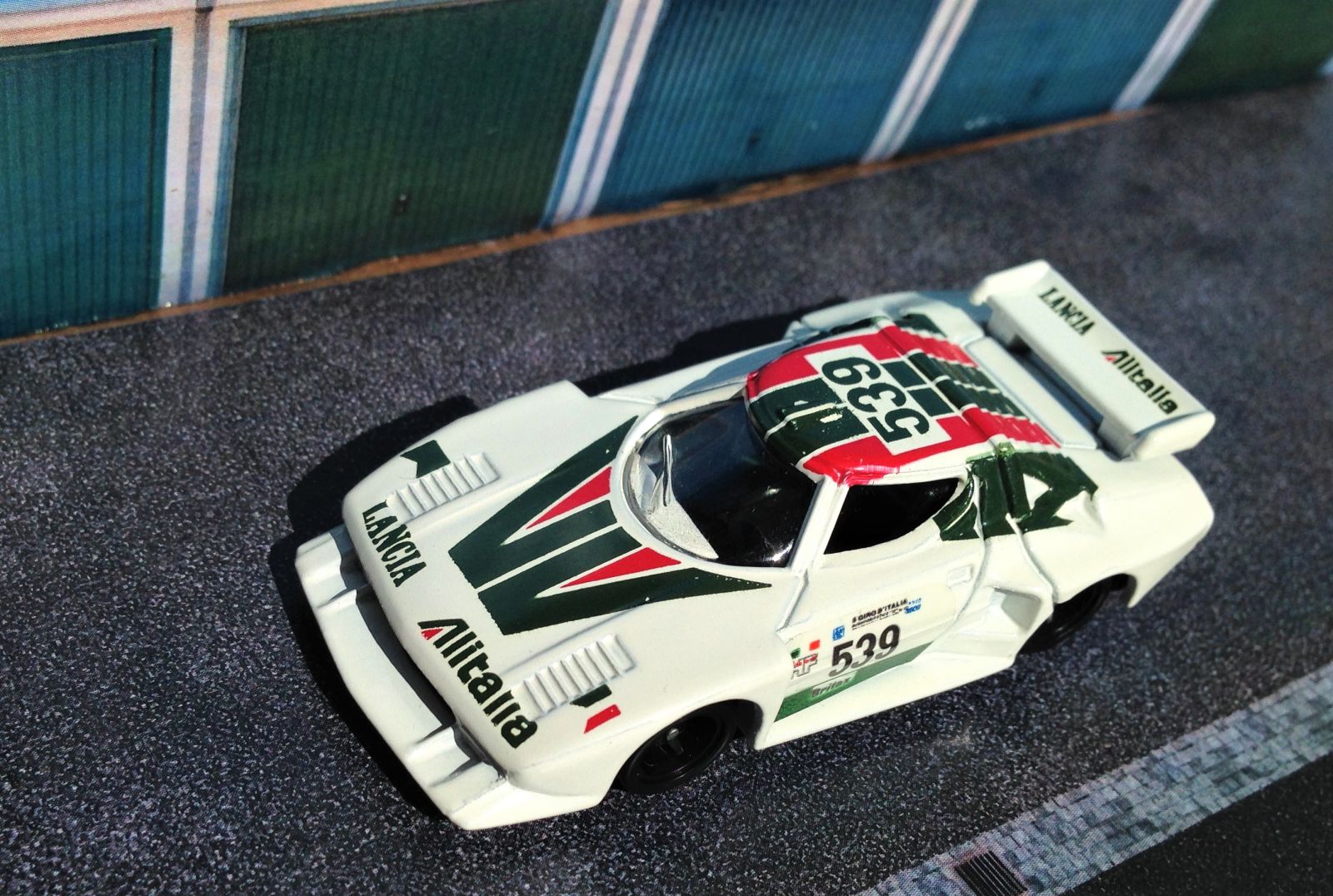
One main factor that caused the Stratos Turbo’s poor result was sketchy handling on the track. The compact short-wheelbase layout was agile and unstoppable on the tight corners in rallying, but unpredictable on long high-speed corners. To sort the problem, the Stratos Turbo got an extreme makeover for the Group 5 by calling for help from Bertone the same designing house that designed the rally and road Stratos to extend both front and rear of the car with spoiler for additional stability at speed as well as widening it to accommodate fatter rubber in each corner. The popup headlights were deleted to improve aerodynamics and the fuel tanks were moved to the door sills for better weight distribution.

The Stratos Turbo entered the Group 5 in 1976 at Vallelunga Circuit with great hope but pretty soon tragic struck as the Stratos overheated and caught on fire during qualifying. Lancia shrugged off that failure and came back to the Mugello Circuit qualifying third against a sea of Porsche 935s, sadly the car suffered a gearbox failure and ended up retiring early. The crazy Italians pushed on regardless and came back again to compete at Silverstone to suffer from another overheating/fire that was more serious than the incident at Vallelunga.
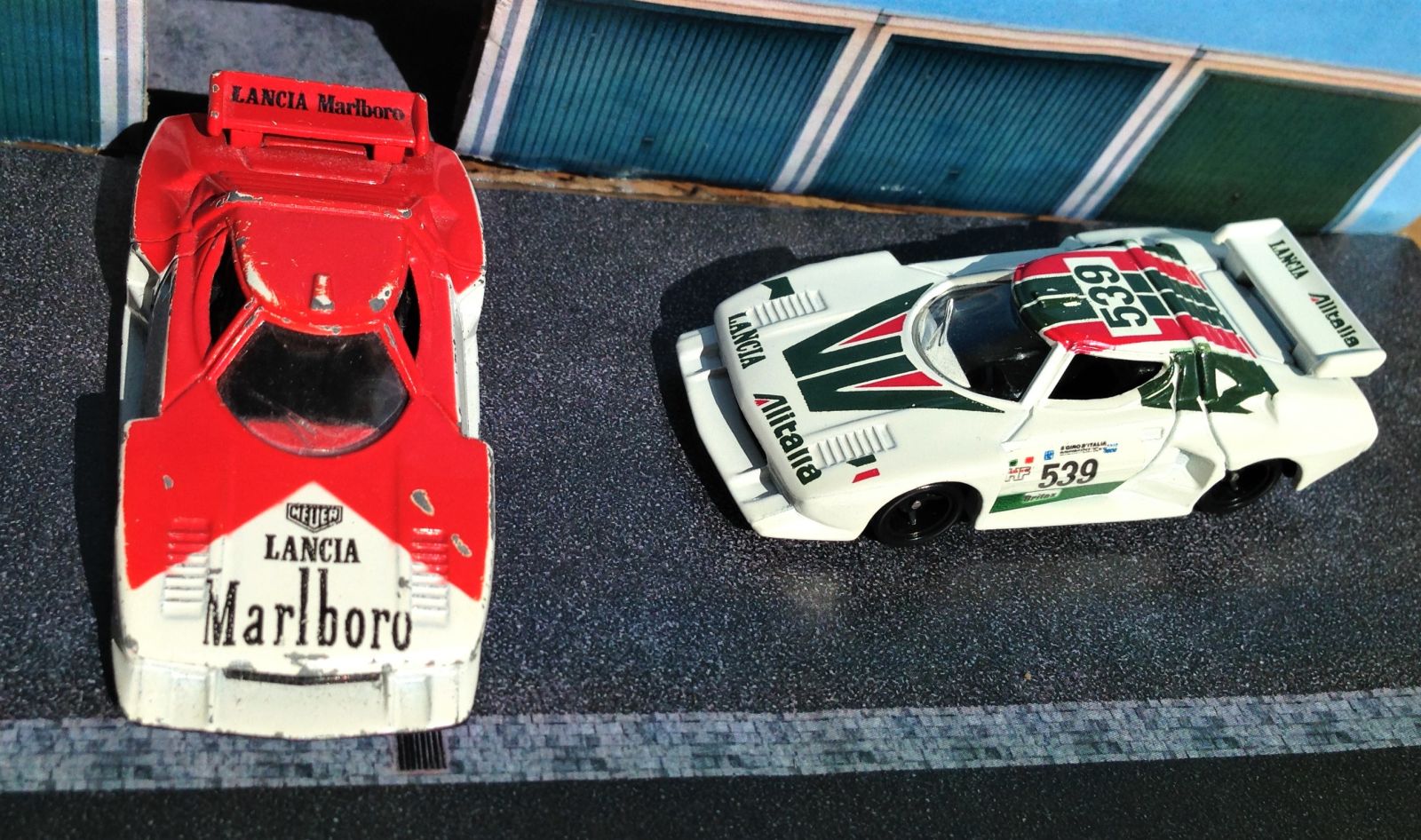
Lancia realized entering the Stratos in a track event wasn’t that great of an idea so they decided to enter the Stratos Turbo in the Giro road rally where its rally success would shine. They refurbished the car with better handling and greater power was a brute with it finishing the race 6 minutes and 38 ahead of the next quickest car, a nimble Porsche Carrera 2.8 RSR.
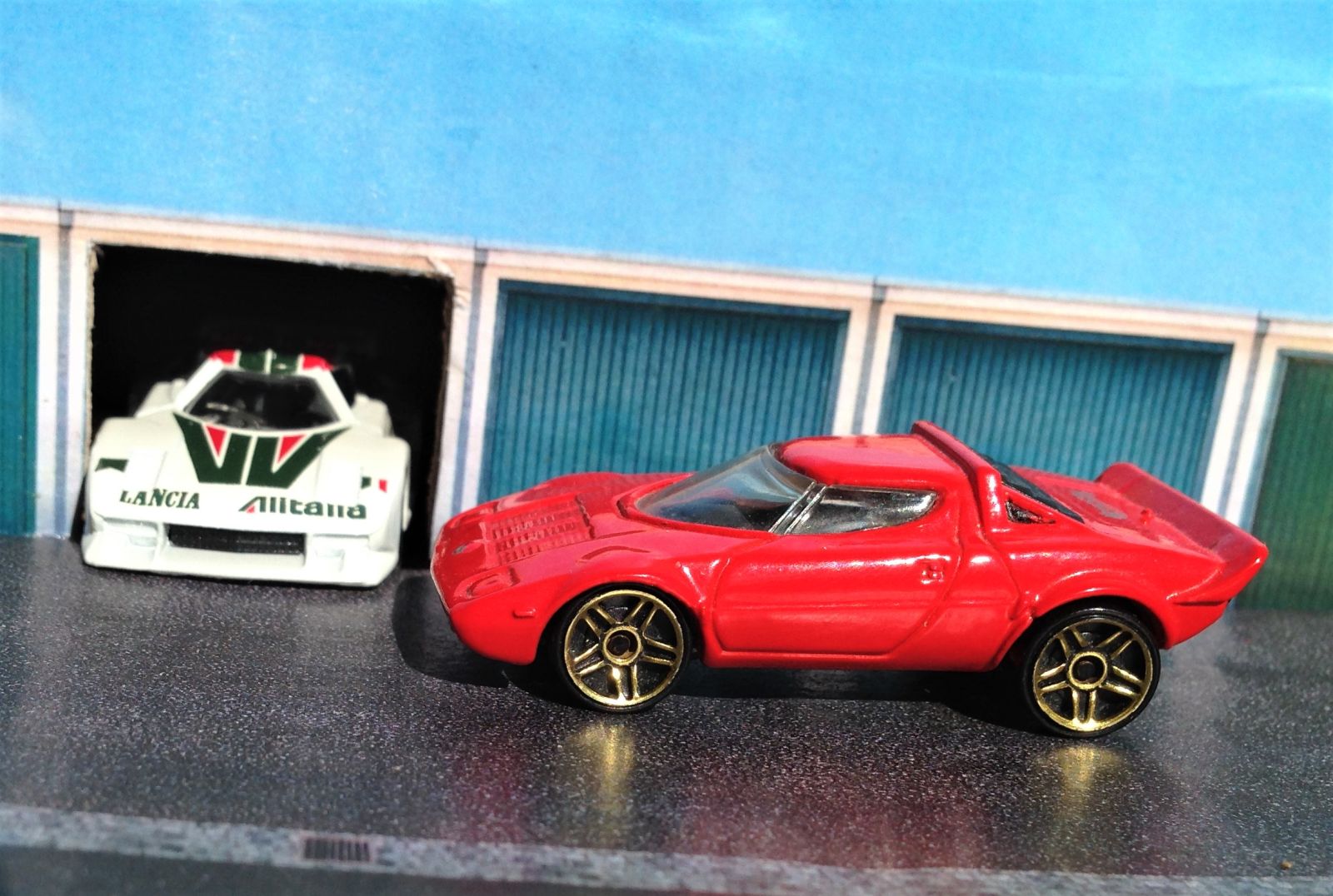
1977 was the year of the final fight for the little turbocharged monster now with a revised tail and spoiler for greater downforce and back wearing the infamous Alitalia livery racing once again at the Giro road rally. Its last race however was depressing with the engine called it quits towards the beginning of the rally stage. Soon after that, the Stratos Turbo Program folded and the car was retired for good. Despite all the failures and the terrible ending to this car’s career, I still admire the passion and determination that Lancia was putting in to turn the Stratos a king not just on dirt but also on the pavement.
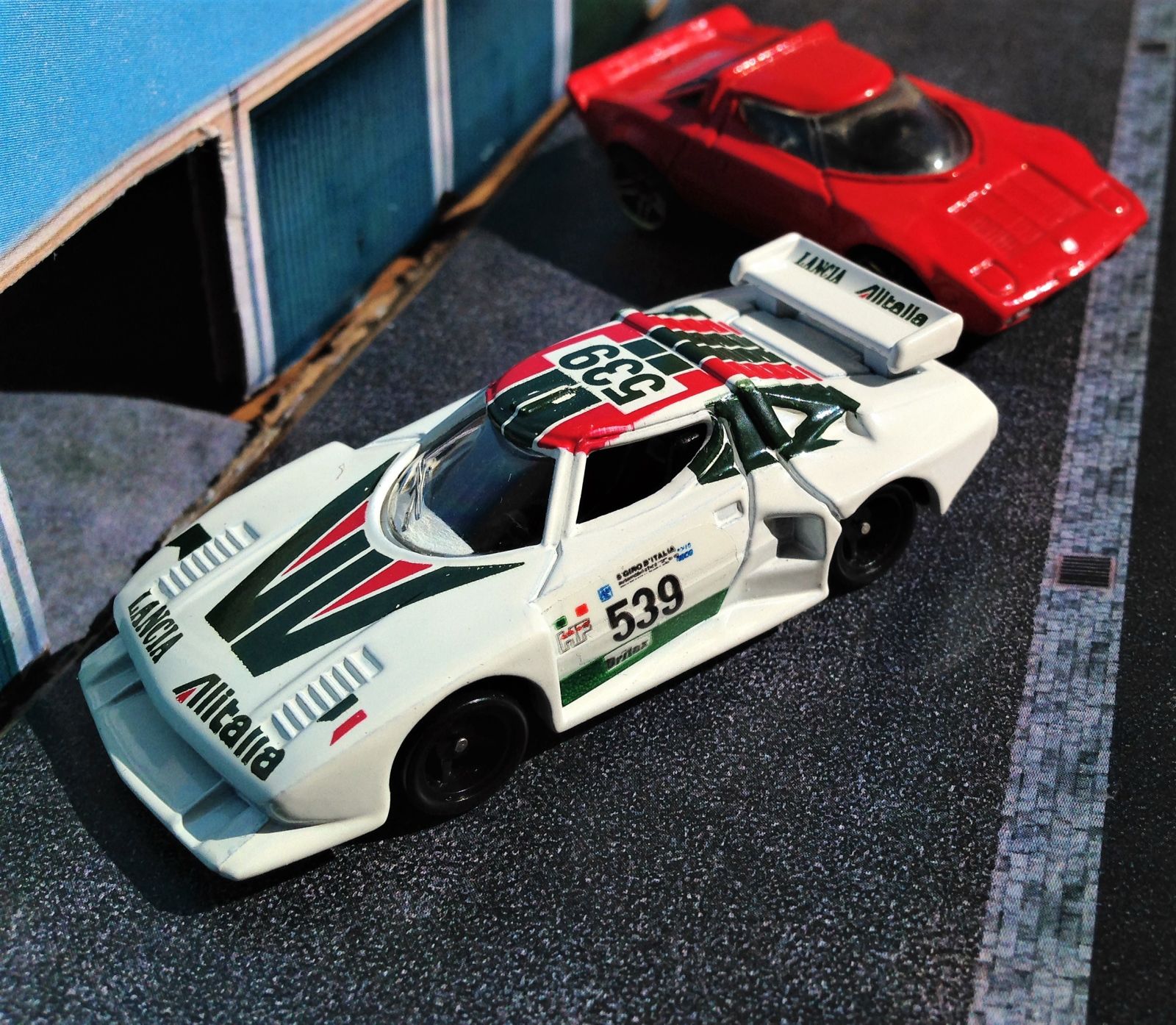
This Tomica F66 represents the Alitalia liveried No. 539 that raced in 1977, the car is your traditional Tomica quality with excellent detail and suspension. This is the second Tomica Lancia Stratos Turbo I own with the first one being the Marlboro liveried one you saw earlier which was given to me by a friend back in middle school. This one was from Fintail’s awesome sale but not from the hoard instead from his own personal collection which makes it even more special. The moment I saw this car was part of the sale I was in awe and had to get it if nothing else I was getting. Needless to say, this is the top highlight out of my purchase.